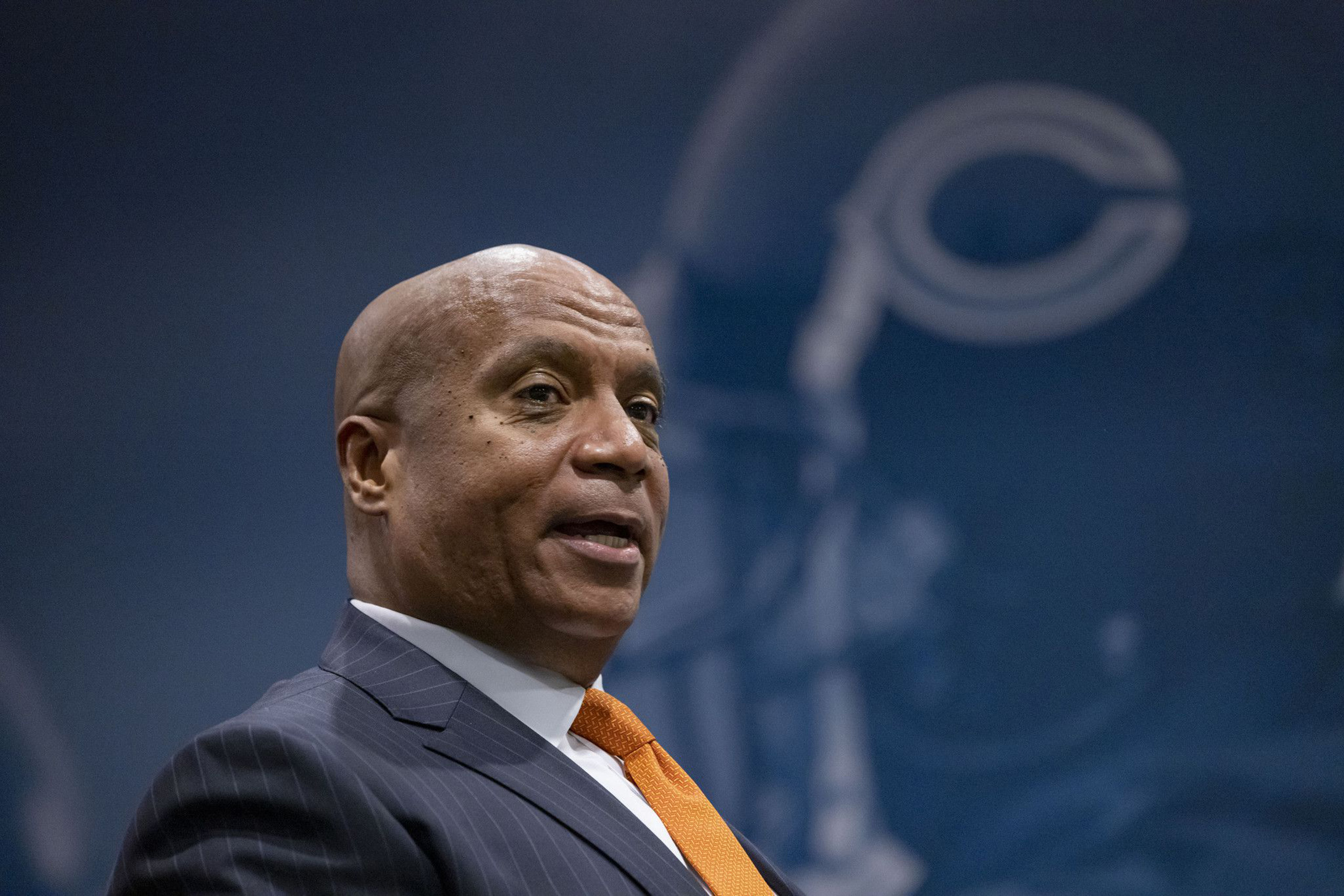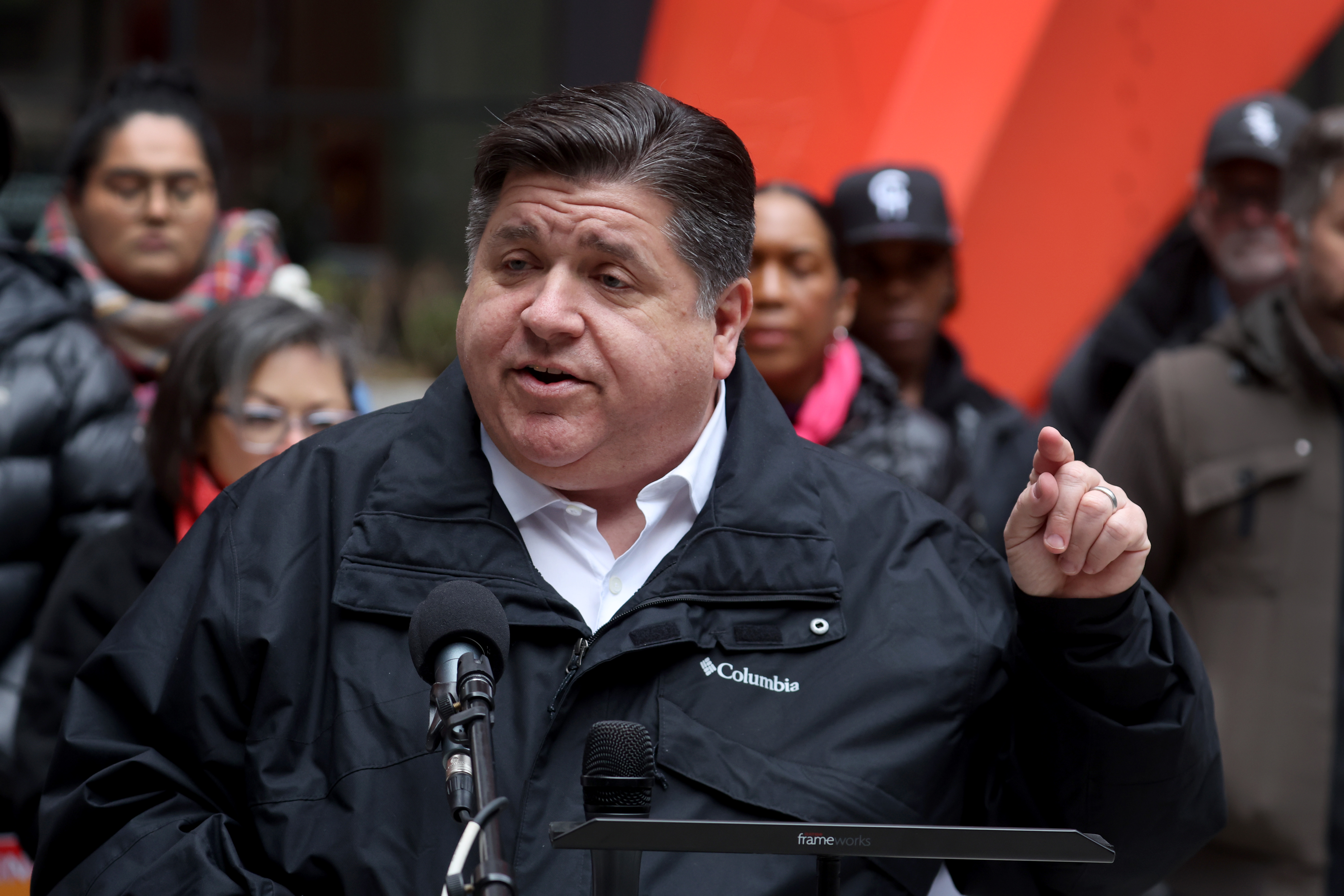A proposal for the Bears' new stadium Wednesday included increased capacity and hopes to become an entertainment hub in the country to host Super Bowls, Final Four games, etc.
With the increased capacity and usage, as opposed to Soldier Field, the Bears and the city of Chicago will surely run into traffic problems. Already, traffic problems exist with entering and exiting the lakefront campus; whether on foot or behind a wheel.
What are the Bears' plans to address the increased traffic?
Bears newly appointed Chief Operating Officer Karen Murphy laid out the plan for traffic to the proposed stadium.
The first phase of the plan includes creating an "improved interchange" at 18th Street, which would become 19th Street on Lakeshore Drive. They're also looking at an entrance to the campus from the South to tie into their South parking lot.
Double-decking the South parking lot is also in the realm of possibilities.
On the North side, the Bears are looking to remove the light on Lakeshore Drive and McFetridge. They also hope to increase the space and accessibility on the lakefront path for pedestrians who are walking to the stadium.
The Bears estimate a 20% increase in campus capacity on the South side, with a 10-minute reduction in campus exit time. On the North side, they estimate a 50% increase in campus access --- likely because of the destruction of Soldier Field.
"If both these phases are done, this would be a 50% increase in lane capacity to the site, as well as a 20-minute reduction in exit times from our parking ramps, and 1,200 less hours daily for commuters on DuSable Lakeshore Drive," Murphy said during the presentation.
Feeling out of the loop? We'll catch you up on the Chicago news you need to know. Sign up for the weekly Chicago Catch-Up newsletter here.
More on Bears Stadium
As far as financing this part of the stadium, it's not entirely clear, yet.
The team expects the entire stadium project to cost $4.7 billion: $3.2 for the stadium itself and just over $300 million for the infrastructure required to open it, then $1.2 billion for two other phases of development.
There wasn’t a clear answer as to where the team would get the $300 million for the infrastructure. Murphy said the team is still working with the state and looking into different funding sources.
If the team gets the public funding needed to open the stadium, they said there will be two more phases of development requiring public money: one to maximize infrastructure for the stadium and surrounding campus totaling $510 million, and another phase for “optional infrastructure to enhance the campus, improve circulation, and maximize public economic benefits,” totaling $665 million. Add up all three phases plus the IFSA funding, and it's nearly $2.4 billion in public money.
Chicago mayor Brandon Johnson said on Wednesday that the Bears’ new plan to build a stadium in Chicago will not raise taxes on city residents.
“I’m going to repeat that one more time to make sure that everybody gets it,” Johnson said after the announcement. “This project will result in no new taxes on the residents of Chicago.”



